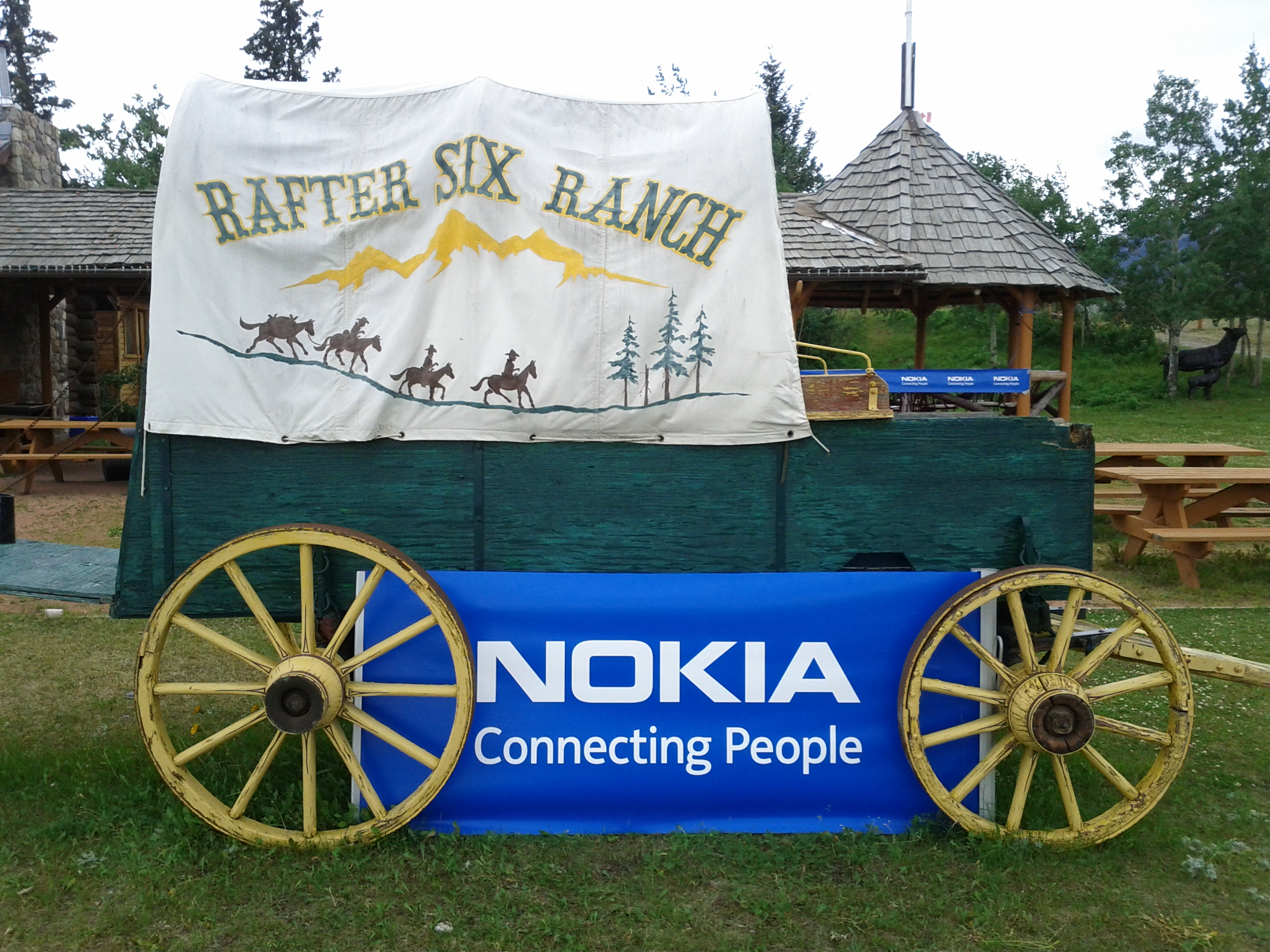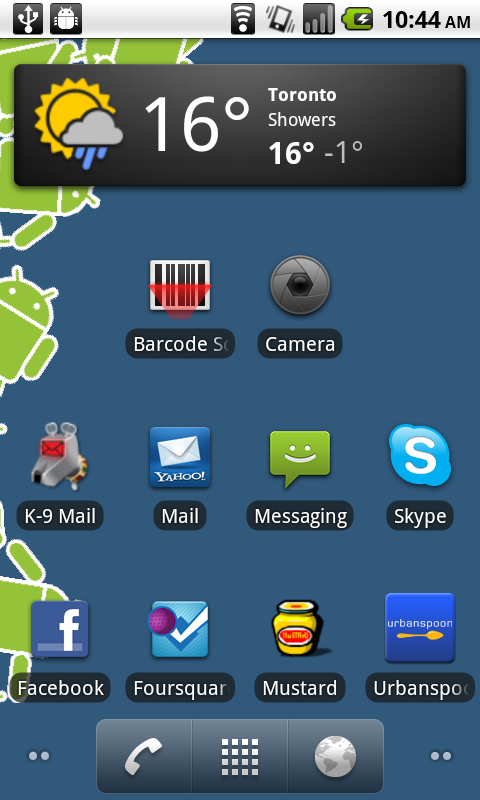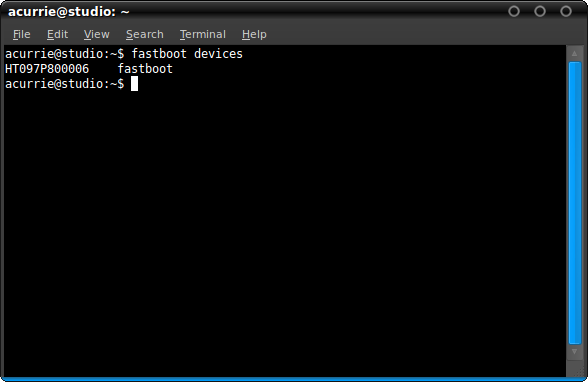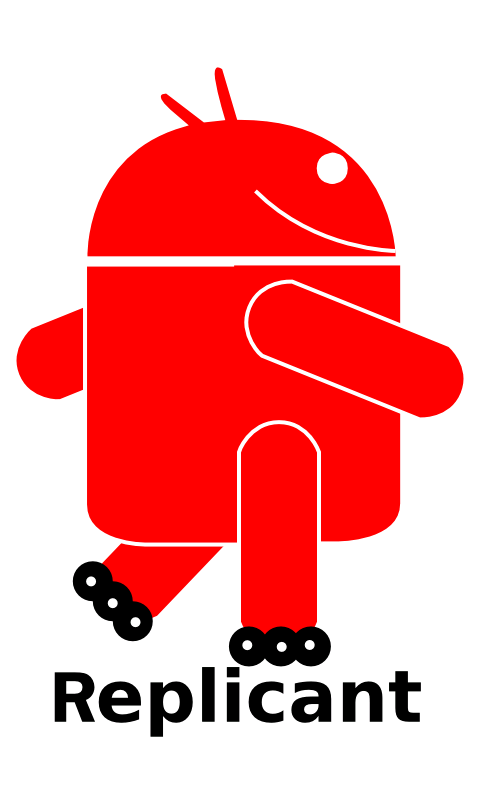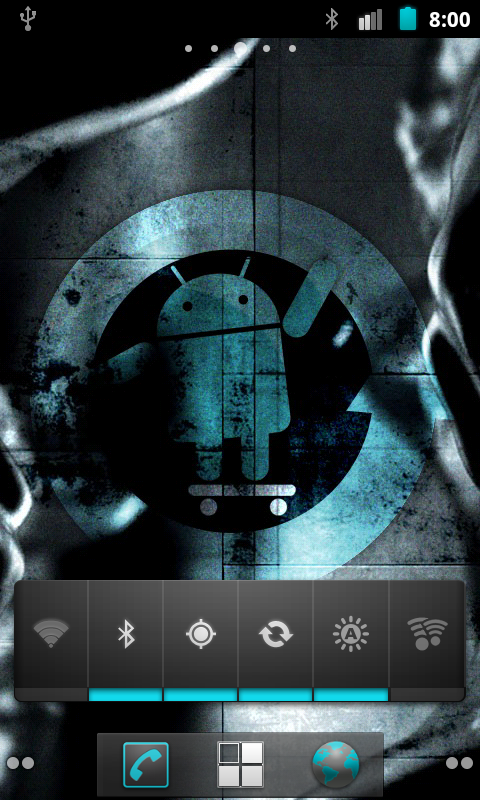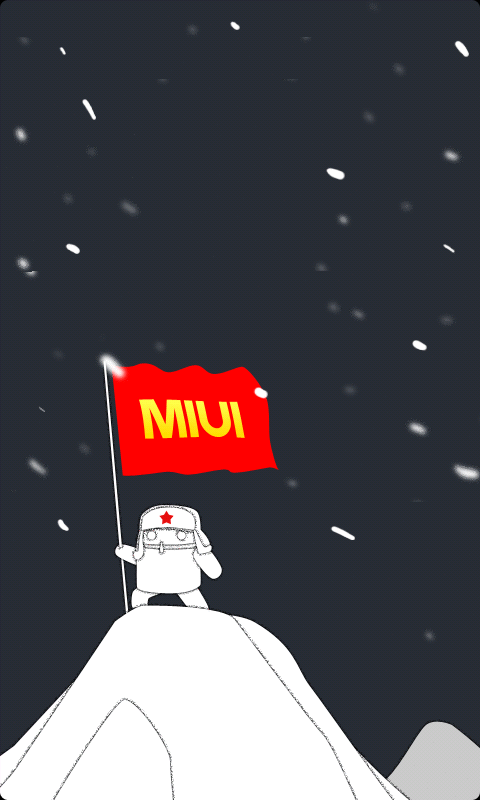You’ll recall that the word “Nexus” means three things when it comes to phones:
- “Pure Android” — an operating system free of carrier bloat;
- Factory unlocked — usable on any network (frequencies notwithstanding);
- Unlockable bootloader — and the widest available selection of custom kernels, ROMs, etc.
It’s this recipe for success that has kept me faithful to the Nexus line for three devices and counting — four if you include the Nexus 7 tablet charging in the other room as I write this. To be honest I’m not so much a fan of plasticky Samsung phones; that I’ve bought two of them says something about my unfaltering loyalty to Nexus.
The first time I saw the Nexus S was in the hands of a Mr. Dave Dobbin. At that time he was the CEO of Mobilicity, and in January of 2011 he had the T-Mobile version with him at a promotional event I attended. Yours truly go to hold it for a precious few seconds. Though otherwise an unremarkable slab, the screen on this Samsung was a wonder to behold. The colours were incredibly vivid and rich; the blacks so deep as to be an abyss. And the glass was impossibly curved, fitting perfectly against your cheek when on the phone.
I came very close to purchasing one at a Best Buy during South by Southwest later that spring, and when Mobilicity started selling it in April I could no longer resist.
The first beneficiary of this purchase was actually my Nexus One. Relieved of its day-to-day duties I was able to figure out this whole rooting and ROM-ing business with drastically reduced consequences. It wouldn’t be until December, 2011 that I’d load the legendary CyanogenMod ROM onto my Nexus S; when I did I was pleasantly surprised by the inclusion of a fully-functioning Google Wallet app. I used it with the S’s on-board NFC chip to make my first contactless mobile phone payment, a fancy tea at a posh supermarket café. I’d like to believe it was the first such event in Canada; it probably wasn’t but that’s my story and I’m sticking to it.
At the end of that month my girlfriend and I visited Hong Kong (my 6th trip there!) to ring in 2013. While Samsung’s wide-bodied Galaxy Note was all the rage there, I was on the hunt for the “it” phone of the moment back in the Americas, the Galaxy Nexus. I felt confident buying it overseas because this third Nexus had a pentaband radio, meaning that I could enjoy 3G data speeds on any carrier anywhere in the world. It was also free of any carrier locks. Unfortunately it cost more in Hong Kong than on the Bell network back in Canada.
The Galaxy Nexus eventually got a wider release here, and I got mine on a subsidy from WIND Mobile in the spring. WIND is another upstart Canadian carrier, offering unlimited calls, texts and data at prices much lower than the incumbents. I had switched to them from Mobilicity before Christmas, when they ran a holiday promotion. WIND has proven to be much better in terms of coverage for me — for the first time since I was with Fido I could actually make phone calls from inside my home… What an age we live in!
This third Nexus was both new and familiar at the same time. There was the curved glass, plus a new version of Android — another hallmark of the Nexus line. I wasn’t really sold on the HD screen and dual-core processor at first; both seemed unnecessary, frivolous even. But over the ensuing months I came to appreciate my Galaxy Nexus as a mobile gaming powerhouse — maybe not the most noble use of bleeding edge technology, but a lot of fun nonetheless.
My trio of Nexus phones accompanied my girlfriend and I to Barcelona in the spring of 2012 — the Nexus One in her back pocket, the Nexus S in mine and the Galaxy Nexus tucked away in the hotel safe. We received lots of advance warnings about pickpockets and such but I needn’t have worried — the Nexus S was (and is) a perfectly usable phone, anyway. I finally convinced my girlfriend to accept it as her next hand-me-down this past September. I took back my Nexus One, which I’m currently using to explore free/libre software from the F-Droid repository. The Galaxy Nexus is to this day my side arm of choice, and will likely remain so until the next Nexus is announced.
]]>
A family portrait of Nexus devices, or at least their boxes.
I’ve pretty much resigned myself to be a Nexus user — not only are they sold unlocked, but they’re easy to root and have the widest available selection of custom ROMs.
The Nexus S (purchased in April, 2011) was my first device with NFC on board. I used it in December of that year to make the first documented mobile payment in Canada — unless someone can prove otherwise?
Later that month I took it with me to Hong Kong, and the next spring on to Barcelona. It took until the summer of 2012 to wean my girlfriend off of my her Nexus One, and accept the Nexus S as her next hand-me-down.
My next phone (current as of this writing) was another Nexus product from Samsung, the Galaxy Nexus. I got it this past spring from my new carrier WIND Mobile. It’s cursed with MTP but blessed with a dual-core processor and a 720 by 1280 pixel “HD” display — perfect for my gaming addiction of the moment.
The Galaxy Nexus was also the first pentaband Android device — that is, the same model worked on all 3G and AWS frequencies. Note that the US carrier Verizon got a separate CDMA-based variant. Sucks to be them.
]]>If I was second-guessing my switch to Android I had no such regrets about my new carrier, Mobilicity. Yes, there was the small issue of having no signal at home, but the cheap and unlimited service that worked great everywhere else more than made up for that. And their selection of handsets couldn’t be beat — they were the only carrier in English-speaking Canada to sell the Nexus One, and the only one in North America to offer the MotoSpice. Then they trumped both, releasing a device that was both new and familiar at the same time, right when I needed it most. At a hundred and fifty bucks the Nokia E73 was a no-brainer for me.
It was all very comforting, at first. I still had the installer files for my favourite Symbian apps, plus licenses for the paid ones. I spent an evening getting everything on the phone organized into folders and shortcuts, as I had done with Nokias of days gone by. I even gained a modicum of respect for the infamous Nokia Messaging. It seemed to work a bit better on my E73 than on my N86 — the secret was to respect the low memory on the handset by loading only the last few emails from each of my two accounts of the day. Not optimal by any means, but functional at least.
I took my E73 with me to a WOM World event held on a ranch in Western Canada that summer. The journey there and back reminded me of just how dated Nokia’s PDA phone OS was. With Symbian the handset was offline by default; specific steps were required by the user to take it online. Android devices were very different; they assumed a persistent connection to not just the network, but to the Internet as well. With unlimited data available in major Canadian cities, guess which one was more useful?
It had become all too clear that there would be no future for Nokia and I. Their new CEO — Stephen Elop, a Canadian of all things (!) — had announced earlier in the year that future high-end devices would run Windows. I had stopped using Windows long ago; for me it was Linux or nothing. Nokia did have Maemo, a Linux-based tablet OS that eventually made its way onto phones. I had trialled the Maemo-powered N900 the previous spring and quite liked it. But its successor, the MeeGo-powered N9, was never widely available and pretty much doomed from the get-go.
I brought both my E73 and N86 along with me on a Kenyan safari that autumn, where granular control over network charges and a local SIM card served me well. When I got home I retired both and moved on to Android full time.
]]>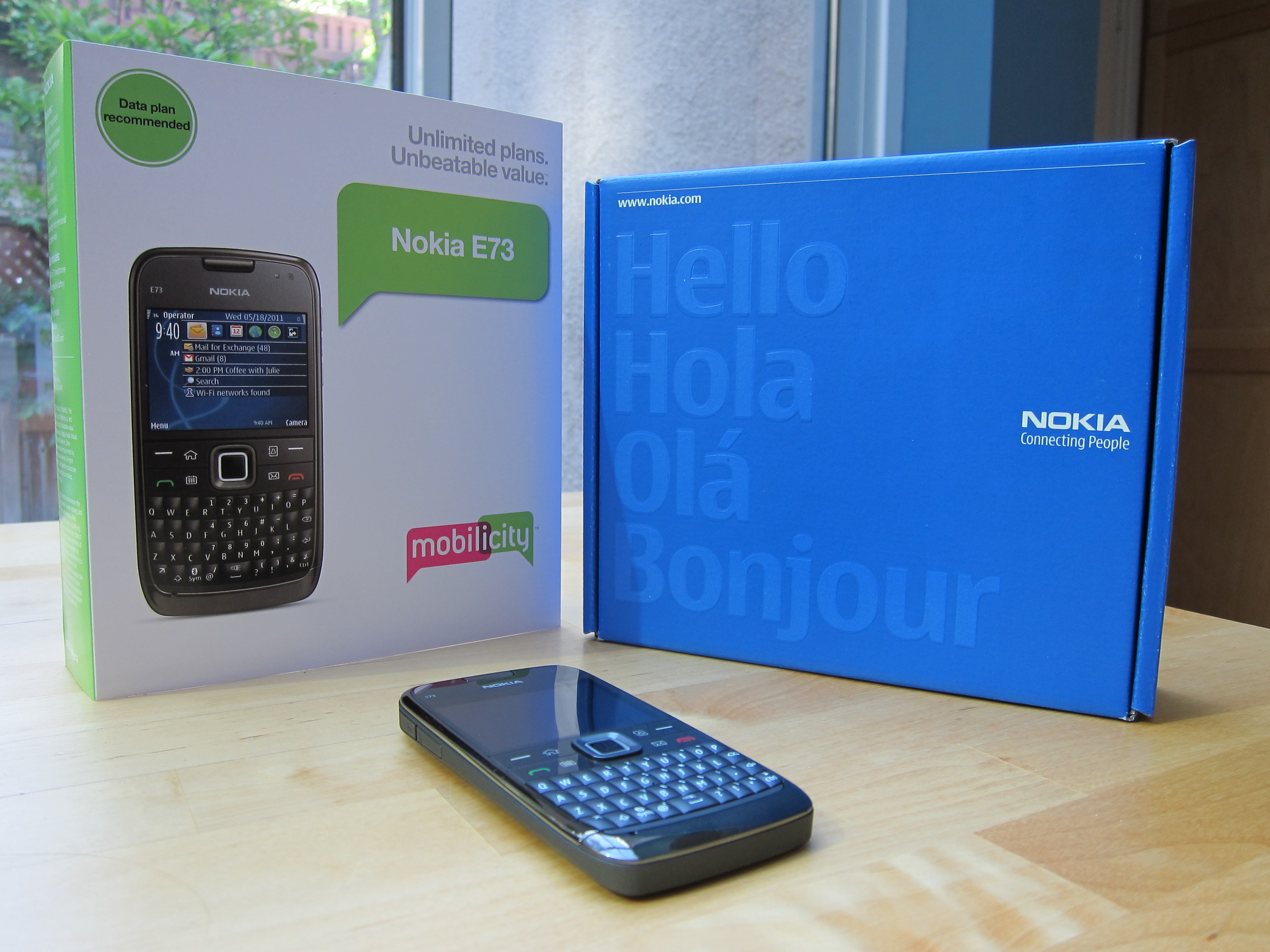
I paid about five hundred bucks for my E71 back in 2008, so imagine my surprise three years later when Mobilicity brought the AWS-tuned E73 to Canada for a measly hundred and fifty. I ran out and bought one almost immediately.
That summer my E73 came along with me to Canmore, Alberta for yet another WOM World event — #NokiaUnfenced. It was to be my last one apparently, as I honestly (perhaps foolishly) professed on camera that I had zero interest in Windows-powered Nokia devices.
I also made an ass of myself on an obstacle course, but that’s another story…
A Summerlicious treat…
Though S60 was a significant downgrade from Android, my modern-ish E73 had many of Symbian’s best qualities from days gone by. The autofocus camera with macro was missing on many newer Nokias of the day, replaced by cheaper and quite inferior EDoF technology. You can read more about that in part one of my Symbian Anna Extravaganza.
And as you can probably guess, Android would win me back in short order. But it would take the brave new world of custom ROMs to do it.
]]>A lot had changed in the four years since I had last used my Fido hiptop2 full-time. The biggest news was that Danger, the company behind the hiptop/Sidekick line and responsible for its back-end servers, had been bought up by Microsoft. As the hiptop’s cloud sync solution was a competitor to Microsoft’s Outlook Web Access, the hiptop servers were quickly shut down.
This might explain how Mobilicity was able to procure an untold number of second-generation Sidekick LX devices and sell them with its own custom firmware. Unlike my hiptop2 there was no web login for the Mobiflip, nor was the prescient app store anywhere to be found on the device. There was the excellent Opera Mini web browser and a third installment of the bouncing ball game “Bob”, but that was about it.
I knew all of this going in, of course, and could really only justify my hundred-dollar Mobiflip purchase as a curiosity for what could have been. I brought it along with me to a Mobilicity event, hosted by Howard Chui of HowardForums fame. When I plopped it on a table it was greeted with a round of derisive laughter from the other bloggers in attendance. Clearly the hiptop’s day had come and gone.
Its legacy lives on, however. On-device app stores are now, as we know, de rigueur for any device that calls itself a smartphone. And if you didn’t know, Andy Rubin — co-founder and CEO of Danger, Inc. — was also a driving force behind Android in its early days. He remains in charge of the platform at Google, which can only be a good thing.
]]>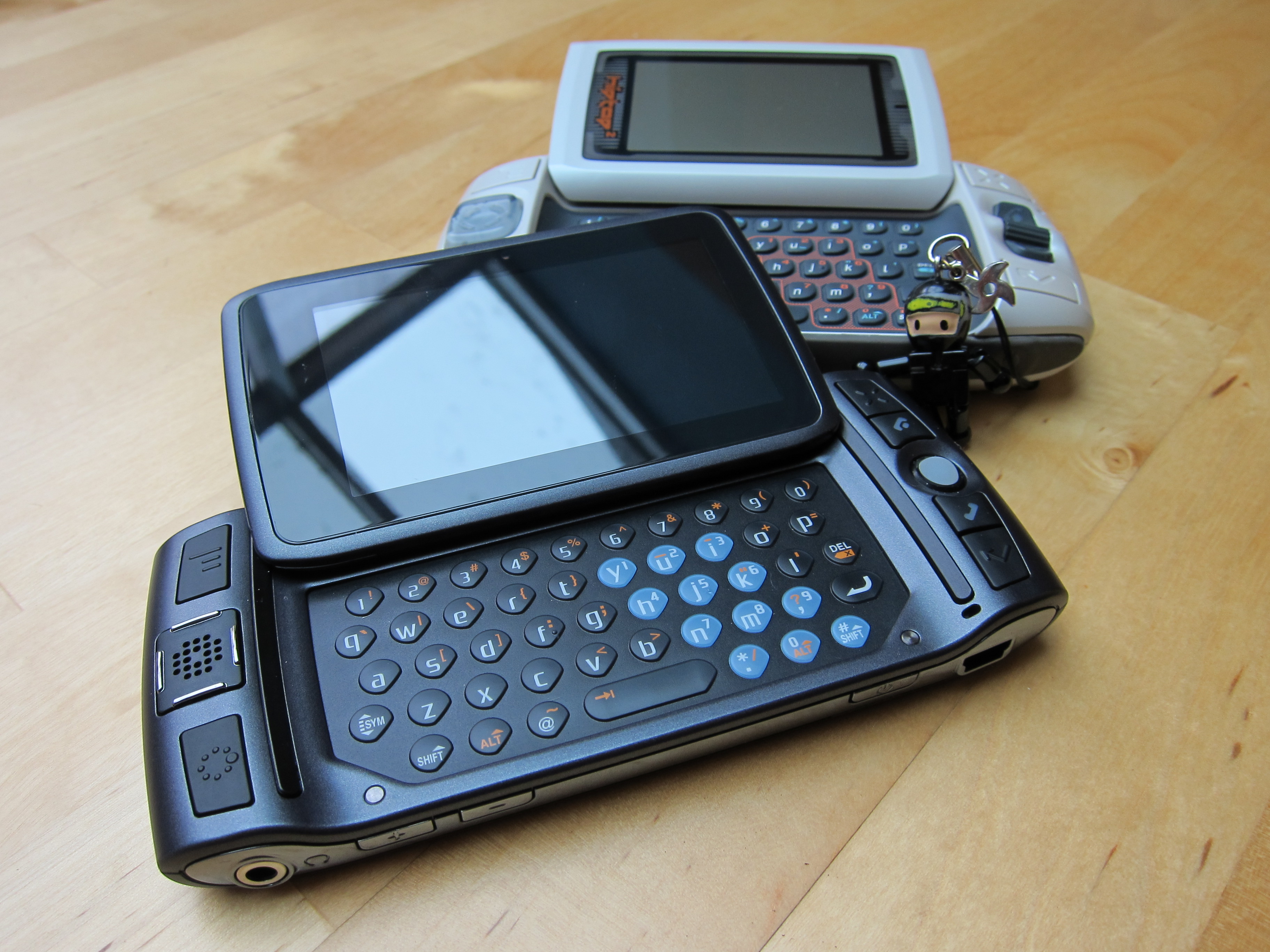
Maybe I needed closure on that hiptop3 that Fido never brought to market, or maybe I just had more money than sense; whatever the reason, when Mobilicity released the Sidekick LX 2009 — I mean, “Mobiflip” — I had to get one.
I mean, it was only a hundred bucks…
Earlier that year Microsoft had shut down Danger’s cloud sync service, reducing the Mobiflip to a standalone device, with no option to sync anything beyond photos and videos.
It did, at least, have a kick-ass mobile browser.
QVGA videos, anyone? Without Danger’s backend the Mobiflip was little more than a toy. After posting about it on my blog it went almost directly back into the box, until I found a suitable candidate for a hand-me-down.
]]>My biggest beef was text entry — email and SMS, it seemed, still had their place in this brave new world of mobile computing. The best input solution I could find for my Nexus was an app called Swype, developed by the same brilliant mind behind T9 for number pad phones. And Swype was every bit as clever; the user entered words by flicking their thumb across an on-screen virtual qwerty keypad. The longer the word the more accurate Swype was. More common words were a different story, though; “is” and “if” were often confused, along with “on” and “of”, and just about everything else with less than five letters in it.
It was a frustrating compromise for someone used to physical qwerty — at this point I was even missing the number pad on my N86! So when my new carrier, Mobilicity, released the cheap and cheerful Motorola Spice I got one almost immediately. In fact, at one point I had two.
Here, for less than $200 CAD, was a handset that seemed to have it all: Android, a physical qwerty keypad, even the same vertical sliding design as my N86. An unexpected bonus was the trackpad on the back of the phone — very handy for scrolling through web pages without your thumb getting in the way. The only problem, aside from the dreary lo-res fixed-focus camera, was that the MotoSpice was slow. It was to be expected, I guess, that a smartphone selling for less than half the price of the Nexus One would have a processor just over half as fast.
In practice it wasn’t so bad. I discovered that Android scaled quite well to low-powered devices. One key thing was to be patient while processes (apps) were launched. With less available speed and memory the Spice had to figure out how to allocate its meagre resources when something new was added to the mix. That was the slow part, at least for me; once an app was up and running I found the speed to be quite acceptable.
Also key was liberating the Spice from Motorola’s bloatware, and this could only be accomplished through rooting. The Spice was actually the first Android device I ever rooted — sorry to have misled you but yes, I rooted my MotoSpice long before going near the bootloader on my Nexus One. But where the Nexus got a proper unlock, root and custom recovery the hard way my Spice was rooted using a simple tool that did the hard work for me. Once root was obtained it was a simple matter of removing the Android package “Spicy.apk” and I was good to go. I also installed an app that enabled WiFi tethering; that was another feature that the MotoSpice was missing out of the box.
In retrospect I think the Spice was ultimately a transition device between my tactile N86 and my (almost) all-touch Nexus One, even though I got the Nexus first. I used the MotoSpice as my primary phone for a good six months — from December, 2010 to May, 2011. It came with me on a WOM World-sponsored visit to the famous South By Southwest conference and did quite well there; the Spice was never sold in the USA so the other bloggers on that trip had never seen one. It didn’t fare so well on its second conference run, though. At Podcasters Across Borders in May it became quite apparent that my Spice couldn’t keep pace with the iPhones that surrounded it — plus I dropped it in the elevator of my hotel, leaving a noticeable ding that was pretty much a kiss of death.
But the memory of my MotoSpice lives on. I gave mine away to a friend in need, but was fortunate enough to score a dummy model from my local unlocker. Had the Spice as much processing power as higher-end phones I’d probably still be using it today.
]]>
Ah, the MotoSpice… you folks in the US can start being jealous now.
For less than $200 CAD I had it all: Android, vertical slider, physical qwerty keypad… Okay, the camera was crap and the phone was severely underpowered — and it actually ran Android 2.1, which meant no WiFi tethering. Yet despite these obvious flaws the Spice was the only phone I took out the door with me for almost six months.
The Spice was also the first Android device that I successfully rooted, necessary to enable WiFi tethering and get rid of Motorola’s er, “enhancements”.
This cheap and cheerful handset accompanied me to SXSW in March, 2011 and to PAB later that spring. A testament to its durability was that it survived both trips and being dunked into a cup of piping hot coffee — I just needed a bag of uncooked rice to dry it up.
You can read MobileSyrup’s review of the Spice here, and my own posts about it here.
]]>The complaints I read about Symbian were not lost on me. For the first time I was experiencing a mobile web browser that was actually usable. Not only did full web pages load in a matter of seconds, but double-tapping the screen would “zoom in” to fit the width of a single column of text. And the manual synchronization of personal info — calendars, contacts, tasks — was no longer necessary; an Android phone would do it in the background for you. In fact, setting up an Android phone (or several, as I’d later find out) required no more than a network connection and a Gmail account. As I held this slim block of mostly screen in my hands, I could only marvel at what I’d been missing.
For this particular smartphone veteran Android did have a shortcoming or two, along with a possible area of concern. Coming from my N86 photos and video on the Nexus were clearly not as good, although that was almost entirely offset by something no Nokia camera app would ever remember — that I hated flash photography and wanted my phone’s camera to fire up with the flash powered off. On the subject of power, battery life was fairly abysmal for someone used to going up to three days on a single charge. I’d thank my lucky stars if my Nexus lasted until sundown, especially if I was travelling. And then there was Google — or more specifically the requirement that I hand over pretty much all of my personal information to them. I’m still not a hundred percent comfortable with that.
You could argue, of course, that what you got in return for the data mining was a bargain — and for a lot of Android users I suspect that’s true. But what finally sold me on this new OS was learning how I could take Google out of the equation entirely yet still use Android, through the magic of custom ROMs. The hard part was getting started. The Nexus One was sold with an unlockable bootloader, like the BIOS on a Windows-based PC. By unlocking it you could flash a custom recovery image, and in turn use that to flash a custom ROM. But unlocking the bootloader required no less than a desktop computer, the Android software development kit, the Android Debug Bridge (adb), and something called fastboot.
If all this sounds confusing believe me, it was. But patience and the seemingly endless cross-referencing of forum threads finally paid off, and a universe of custom ROMs was now just a wipe and install away. My Android handset, powered by the Linux kernel, was as customizable as my Linux desktop computers. From this point onwards, nothing less would do.
King of the Android ROMs was CyanogenMod, which was famously ordered to unbundle the “Google Experience” — that is, the proprietary Google apps. FDroid, an alternative app market featuring only open source software, proved to be a worthy substitute for the official Android Market. Much of what is available there is excellent, but my freedom-hating reliance on the proprietary stuff — Flickr, Foursquare, games — had me using Google’s Market again before too long. Remember too that my new carrier, affordable as it was, provided almost no signal in my home. As such, Google’s chat service was a lifeline between me and a new lady in my life.
When I moved on to my second Nexus device my girlfriend got my Nexus One as a hand-me-down, which she uses to this very day. Her custom ROM of choice is MIUI, made available to the public by Chinese handset-maker Xiaomi. A big draw for MIUI is its themes — you can easily customize not only the wallpaper on your device but also the app icons, on-screen fonts, even the boot-up screen. But there’s more to it than that — MIUI has its own built-in backup and restore system, plus an excellent security feature giving you control over the sometimes suspicious permissions that apps can request.
If nothing thus far has sold you on the Nexus line of superphones, consider this final point: Google quietly revolutionized the mobile phone industry where Apple deliberately chose not to. The first three Nexus devices were sold through carriers just like the iPhone; but very much unlike the iPhone they were sold unlocked. My Nexus One has been to Malaysia, Hong Kong and Spain, and in each of those places expensive roaming charges were replaced with affordable service via a local SIM card. As you can imagine this is not a feature that carriers go to great lengths to explain, nor is it something that many customers appreciate or even understand. But it’s there, and like my Nokias of old it made my $500 CAD Nexus One a bargain.
]]>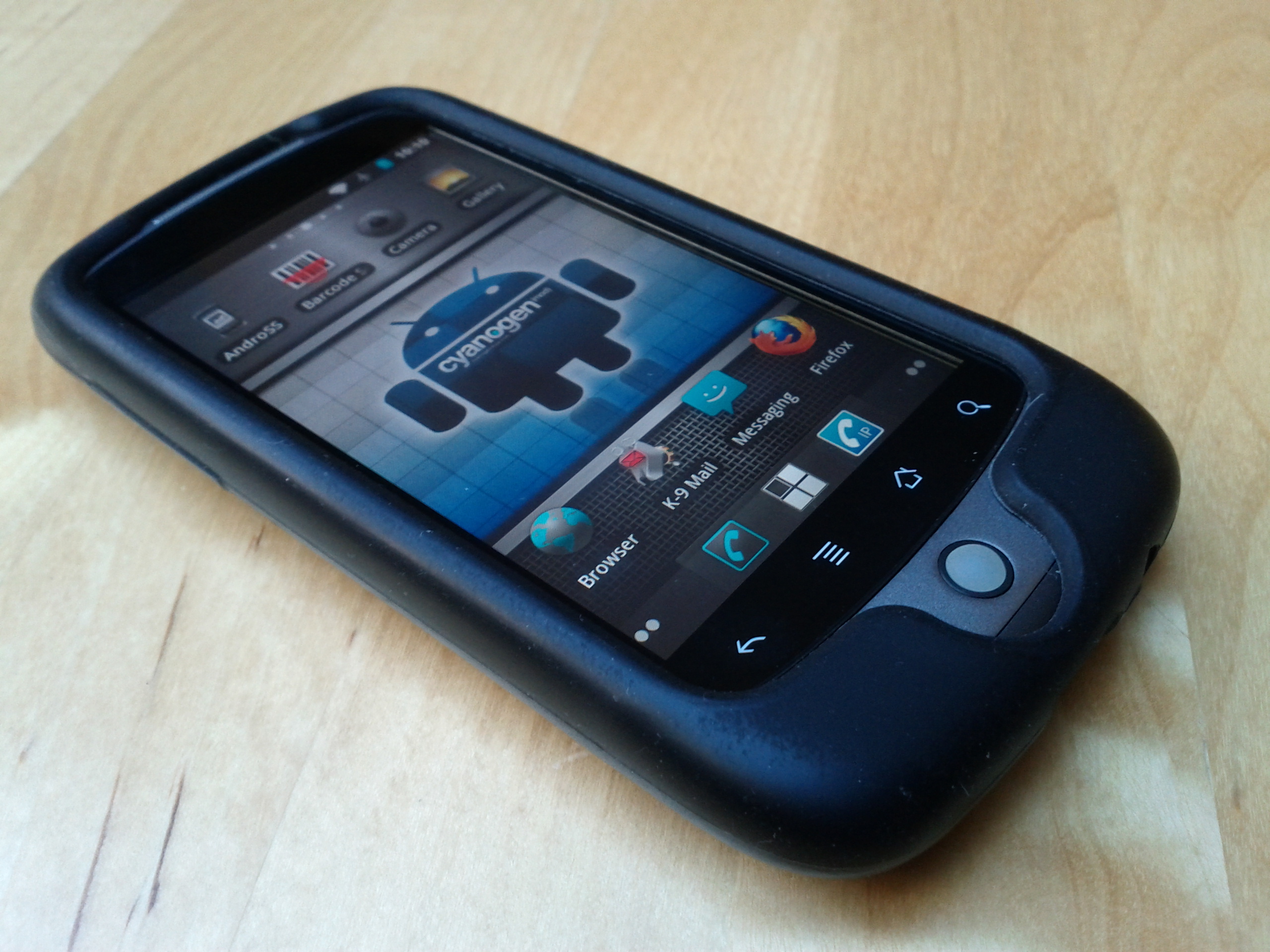
As a first Android device you could certainly do a lot worse than HTC’s G5 Google’s Nexus One. Mine is still in use as my girlfriend’s daily driver.
It all started out as a test, of not only Android but a new Canadian carrier as well. That fellow N97 24/7 alum Jonathan Bruha had already jumped ship to this same device put me at ease somewhat.
Though Android was orders of magnitude easier than Symbian to set up and use there were definitely a few things lacking in terms of utility. For example, in order to grab this screen from my N1 I had to download and install the Android SDK.
Considerably more effort was required to set up my computer to root the damn thing and flash a custom recovery image. Nexus phones are made for this, of course, but it was still a daunting task for a n00b like me. It took me an entire day to get my Nexus recognized by my computer via fastboot.
But man, was it ever worth it. Just like distro-hopping on my Linux computers I could now change ROMs on my phone at will. Mind blown.
In no short order I installed Replicant (needs work), CyanogenMod (amazing) and MIUI, which my girlfriend swears by to this very day. In fact, I had to pry the N1 from her hands just to grab that third screen!
]]>

